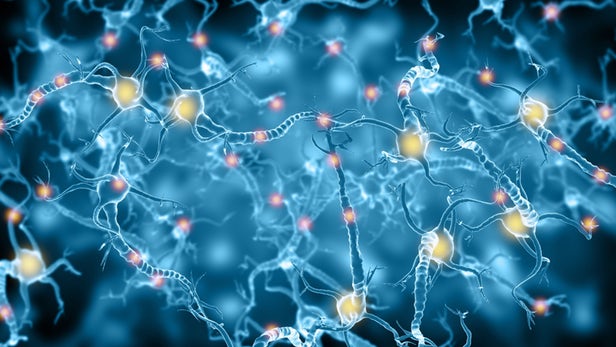
Breaking News
 Tuesday War Room LIVE: Trump Mentioned in ANOTHER Big Batch of Epstein Files...
Tuesday War Room LIVE: Trump Mentioned in ANOTHER Big Batch of Epstein Files...
 Trump Names Louisiana Gov. Jeff Landry Special Envoy to Greenland
Trump Names Louisiana Gov. Jeff Landry Special Envoy to Greenland
 The Box Office Crisis Is Worse Than It Looks
The Box Office Crisis Is Worse Than It Looks
 Will The CME Raid The Silver Party?
Will The CME Raid The Silver Party?
Top Tech News
 Travel gadget promises to dry and iron your clothes – totally hands-free
Travel gadget promises to dry and iron your clothes – totally hands-free
 Perfect Aircrete, Kitchen Ingredients.
Perfect Aircrete, Kitchen Ingredients.
 Futuristic pixel-raising display lets you feel what's onscreen
Futuristic pixel-raising display lets you feel what's onscreen
 Cutting-Edge Facility Generates Pure Water and Hydrogen Fuel from Seawater for Mere Pennies
Cutting-Edge Facility Generates Pure Water and Hydrogen Fuel from Seawater for Mere Pennies
 This tiny dev board is packed with features for ambitious makers
This tiny dev board is packed with features for ambitious makers
 Scientists Discover Gel to Regrow Tooth Enamel
Scientists Discover Gel to Regrow Tooth Enamel
 Vitamin C and Dandelion Root Killing Cancer Cells -- as Former CDC Director Calls for COVID-19...
Vitamin C and Dandelion Root Killing Cancer Cells -- as Former CDC Director Calls for COVID-19...
 Galactic Brain: US firm plans space-based data centers, power grid to challenge China
Galactic Brain: US firm plans space-based data centers, power grid to challenge China
 A microbial cleanup for glyphosate just earned a patent. Here's why that matters
A microbial cleanup for glyphosate just earned a patent. Here's why that matters
 Japan Breaks Internet Speed Record with 5 Million Times Faster Data Transfer
Japan Breaks Internet Speed Record with 5 Million Times Faster Data Transfer
New drug shows promise for preventing and even reversing damage from age-related dementia and stroke

Cerebral small vessel disease (SVD) is one of the most commonly associated causes of age-related dementia and stroke. New research, led by the University of Edinburgh, may have finally uncovered the mechanism by which SVD causes brain cell damage, as well as a potential treatment to prevent the damage, and possibly even reverse it.
SVD is thought to be responsible for up to 45 percent of dementia cases, and the vast majority of senior citizens are suspected of displaying some sign of the condition. One study strikingly found up to 95 percent of subjects between the ages of 60 and 90 displayed some sign of SVD when examined through MRI scans.
The new research set out to examine early pathological features of SVD and found that dysfunction in endothelial cells are some of the first signs of the disease's degenerative progression. These are cells that line small blood vessels in the brain and, in early stages of SVD, they secrete a protein that impairs production of myelin, a compound essential for the protection of brain cells.
The hypothesis was that if this endothelial cell dysfunction could be repaired then subsequent brain damage from SVD could be prevented. The study did successfully treat rats engineered with SVD using drugs that stabilize this endothelial cell dysfunction. Not only did symptoms of SVD disappear but, in early-stages of the disease, the treatment was found to reverse the associated brain damage.
"This important research helps us understand why small vessel disease happens, providing a direct link between small blood vessels and changes in the brain that are linked to dementia," explains corresponding author on the study, Anna Williams. "It also shows that these changes may be reversible, which paves the way for potential treatments."
It's still early stages in the research, with these effects only demonstrated in animal models, but this underlying endothelial cell dysfunction has been observed in human cases with early asymptomatic SVD. A big question hovering over this discovery is whether the newly discovered treatment directly correlates with a reversal of clinical symptoms related to dementia or, whether once those symptoms have taken hold, too much damage has already occurred to be reversed.



